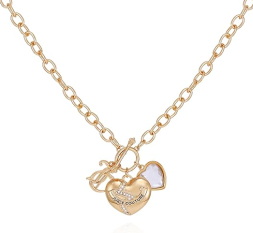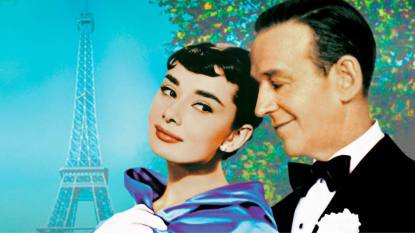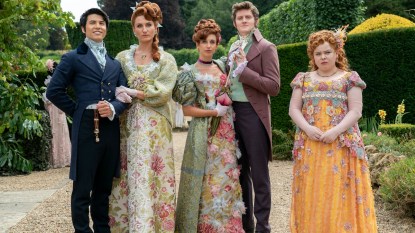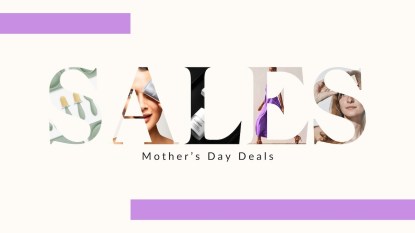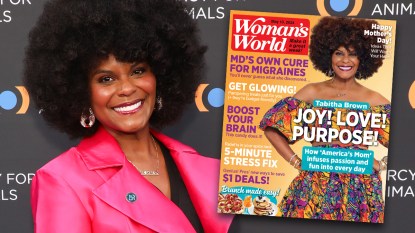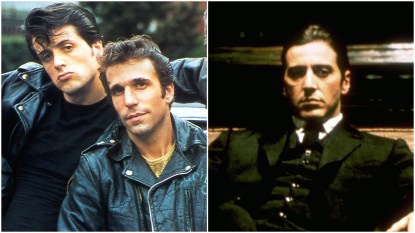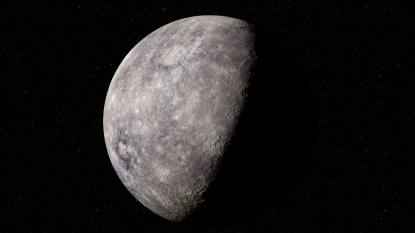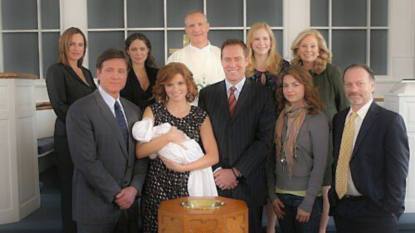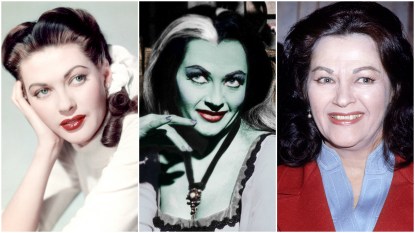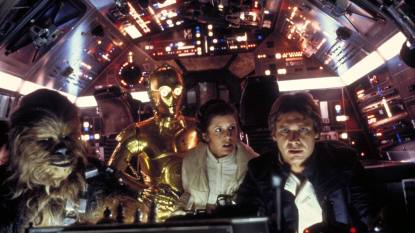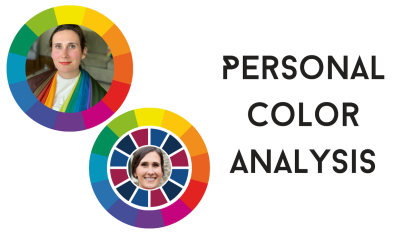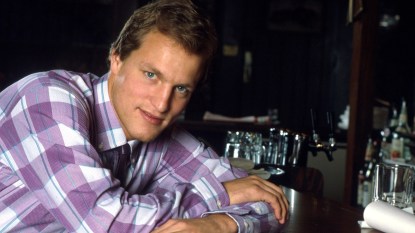60 Years of Beatlemania: 10 Fab Beatles Moments From 1964
From 'The Ed Sullivan Show' to Their First U.S. Tour, we've spent a lifetime loving John, Paul George and Ringo!
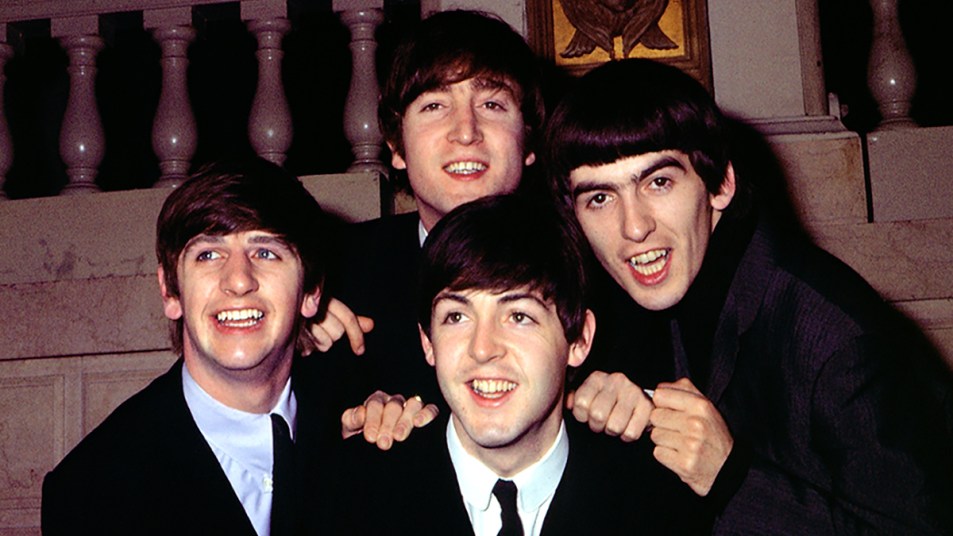
The celebration is finally here — 60 years of Beatlemania! Or, more precisely, six decades since The Beatles conquered America, arriving on February 7, 1964, appearing to tremendous success on The Ed Sullivan Show two days later and being a part of our lives ever since.
Were you there? Did you scream when you saw them perform, or cut your hair to resemble their moptops? Maybe you heard the stories from your parents, watched the footage and have certainly heard the music. Whatever it was, you’ve undoubtedly felt the magic generated by the combination of John Lennon, Paul McCartney, George Harrison and Ringo Starr.
Their history is truly amazing and still going strong — from “I Want to Hold Your Hand” to last year’s “Now and Then” — but if you had to pick one year that truly captured Beatlemania in all its glory, it would have to be 1964.
MUST-READ: Birth of The Beatles The Day John Lennon Met Paul McCartney (Exclusive)
In celebration of 60 years of Beatlemania, we’re taking a look back at 10 Fab highlights of 1964.
1. ‘I Want to Hold Your Hand’/Meet the Beatles
60 years of Beatlemania really kicked off with the fact that The Beatles’ first single in America, “I Want to Hold Your Hand” (backed with “I Saw Her Standing There”), reached number one on the Billboard Hot 100 chart on February 1, 1964, remaining there for seven weeks. The song that replaced it? The group’s “She Loves You.”
The album in America that the single came from, Meet The Beatles, was released on January 20, 1964 and became the number 1 album on February 15, remaining there for seven weeks until it was replaced by … The Beatles’ Second Album.
2. The Beatles Arrive in America
On February 7, 1964, The Beatles held a press conference at Heathrow Airport before boarding Pan Am Flight 101 from London to New York along with manager Brian Epstein. Upon their arrival in America, they were greeted by hordes of press and fans, and participated in a press conference where everyone got their first real taste of John Lennon, Paul McCartney, George Harrison and Ringo Starr, their rapport with each other and their sharp wit. Oh, yeah, and a lot of dopey questions from the media.
MUST-READ: Brian Wilson Songs: Exploring the Beach Boy’s Legacy of Perfectly Crafted Pop
3. The Ed Sullivan Show
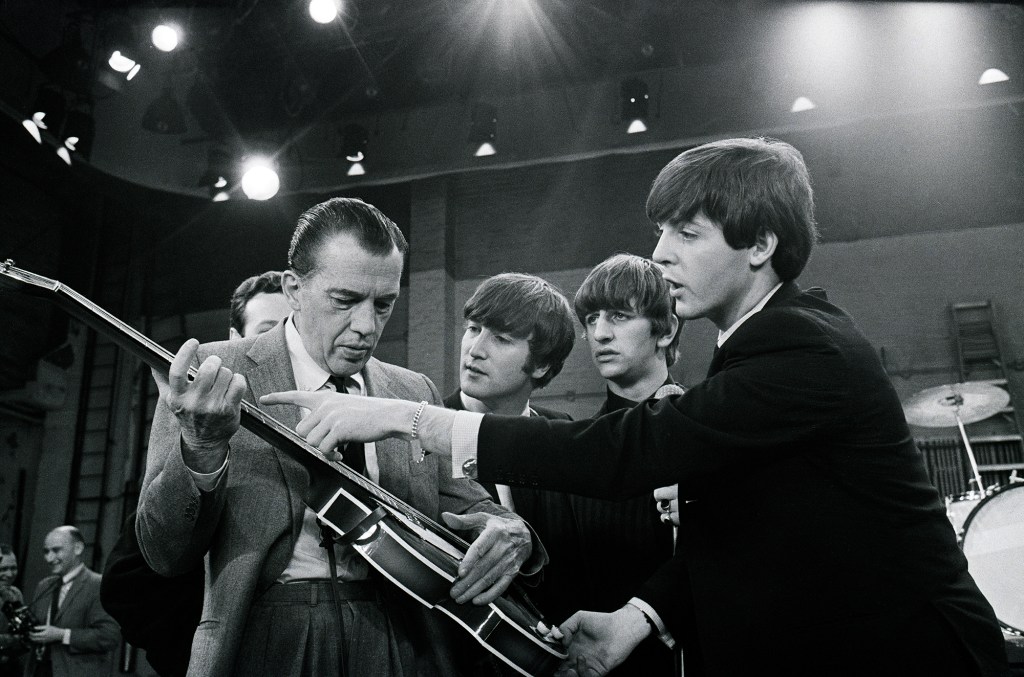
On October 31, 1963, television variety show host Ed Sullivan happened to be at Heathrow Airport in London along with his wife, when he witnessed the start of 60 years of Beatlemania in the form of the fans who had gathered to see The Beatles.
“For years we’ve visited London,” reflected Sullivan, “and it was during one of our arrivals at London airport that Mrs. Sullivan and I saw hundreds and hundreds of these youngsters, and I asked what celebrity was arriving. They told us that the youngsters were waiting to greet The Beatles on their return from Sweden. Always on the lookout for talent, I decided that The Beatles would be a great attraction for our TV show. So I contacted their manager, Brian Epstein, and we agreed on ten thousand dollars for three shows, plus five round trip plane tickets, plus their expenses for room and board in New York City.”
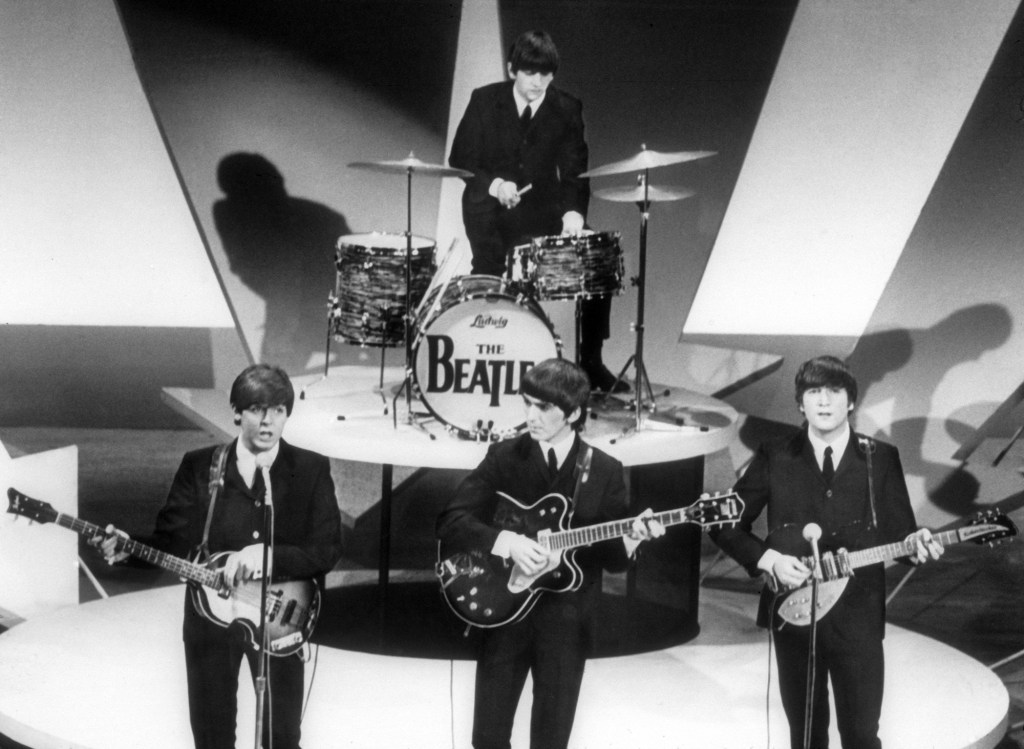
After their appearance on The Ed Sullivan Show, he would comment, “I have never seen any scenes to compare with the bedlam that was occasioned by their debut. Broadway was jammed with people for almost eight blocks. They screamed, yelled, and stopped traffic. It was indescribable. There has never been anything like it in show business, and the New York City police were very happy it didn’t and wouldn’t happen again.”
When the ratings came in, they revealed that 72.7% of the television audience had witnessed the start of 60 years of Beatlemania, The Ed Sullivan Show reaching over 23 million homes that night and an estimated 73 million people. The group would make two more pre-recorded appearances as well.
4. Their First American Concert
On February 11, 1964, the start of 60 years of Beatlemania saw the group travel from New York via train to perform at the Washington Coliseum. The original plan was for them to fly, but a snow storm changed the mode of transport. WINS reporter Murray The K, who hosted his radio show from The Beatles’ hotel suite at the Plaza Hotel, is the one who alerted the group and manager Brian Epstein to the potential weather problems.

“I told Brian he’d better hire a train,” the late disc jockey told writer Martin A. Grove. “I told him to make arrangements to get a special train to get to Washington, because they weren’t going to be able to fly out of New York…. We went down to Washington and had a lot of fun on the train. We almost got killed when we got off the train. Some 10,000 kids broke through the barriers. I remember being pinned against a locomotive on the outside and feeling the life going out of me, and saying, to myself, ‘My God, ‘Murray The K Dies With English Group!’ I wondered what my epitaph would be. George Harrison looked at me and said, ‘Isn’t this fun?’”
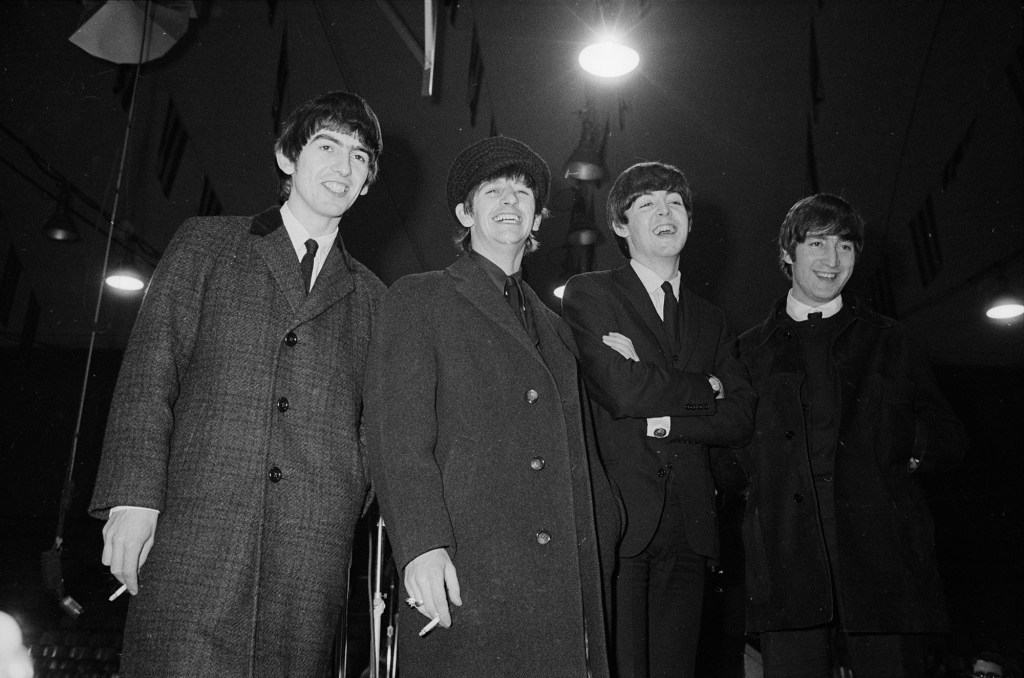
The Beatles performed at 8:30PM at the Washington Coliseum, their first concert performance in America. While things went well, they got decidedly darker after the concert when John, Paul, George and Ringo attended a private ball held at the British embassy, where chaos erupted when the young daughters of dignitaries got out of hand in their passion for the group — one of them actually having the nerve to clip off a bit of Ringo’s hair. Needless to say, things pretty much came to an end there when Ringo stormed off, followed by the others. Reflected John, “Some bloody animal cut off Ringo’s hair. I walked out of that, swearing at all of them. I just left in the middle of it.”
5. Playing Carnegie Hall
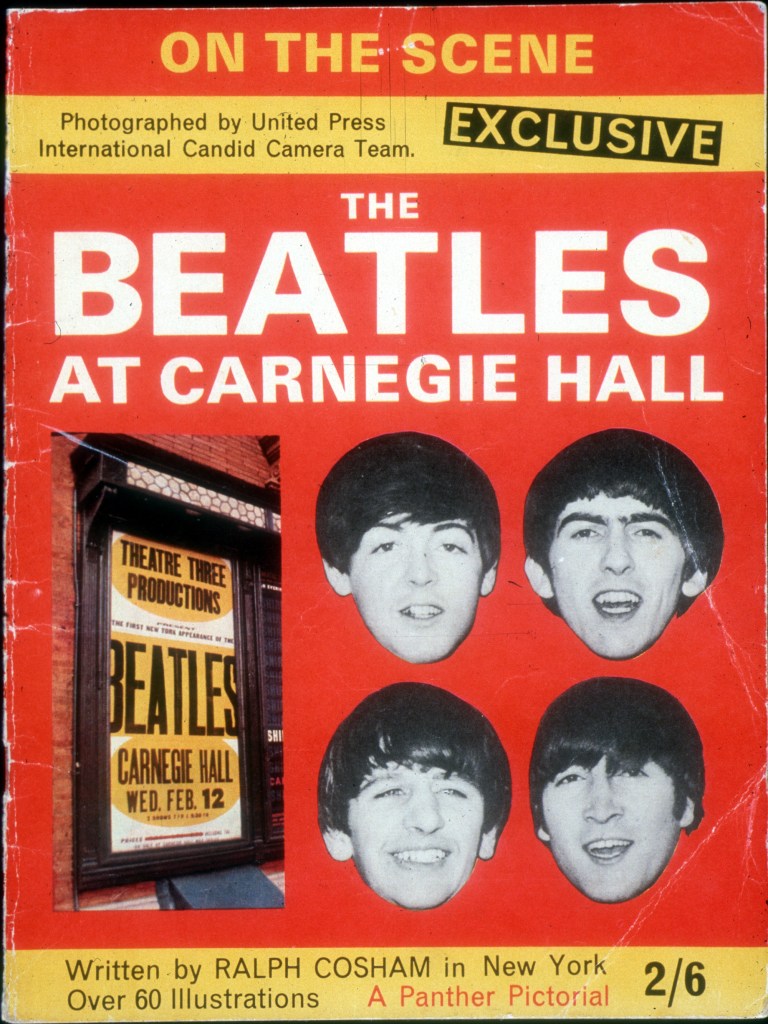
On February 12, It was back to Manhattan, where the Fab Four played a pair of twenty-five minute concerts at that city’s Carnegie Hall — a venue that had no idea what it was getting itself into when they allowed the shows to be booked there. “We had almost 20,000 people behind wooden horses because Carnegie Hall was blockaded from 57th all the way around to 56th,” recalled the late Sid Bernstein, promoter behind the concerts.
“The police estimated that there were at least 20,000 people waiting to get a glimpse of them. The kids were not very violent, but very exuberant. There was a lot of tears and a lot of screaming. Carnegie Hall didn’t have to worry about its sacred property or paintings on the wall. They shook a little bit and they asked me never to come back again. You know, by the time 1964 rolled around, The Beatles were a household word in America, and my long-shot guess turned out to be a very important one for me. We sold out in one day. There had never been a one-day sell-out in the history of concerts up to that time.”
6. The Fabbest Take on The Greatest
On the 18th, a photo shoot was done with the fab foursome and Cassius Clay, soon to win the boxing championship and announce his new name as Muhammad Ali. Said boxing promoter Harold Conrad, “I arranged for The Beatles to come to the gym to see Cassius Clay, but he didn’t know who they were. When he met them, they were all up in the ring together, talking about how much money they made. So, Cassius pulls out a line he uses all the time; he looked at them and said, ‘You guys ain’t as dumb as you look,’ and John looked him right back in the eye and told him, ‘No, but you are.’”
7. The Top 5
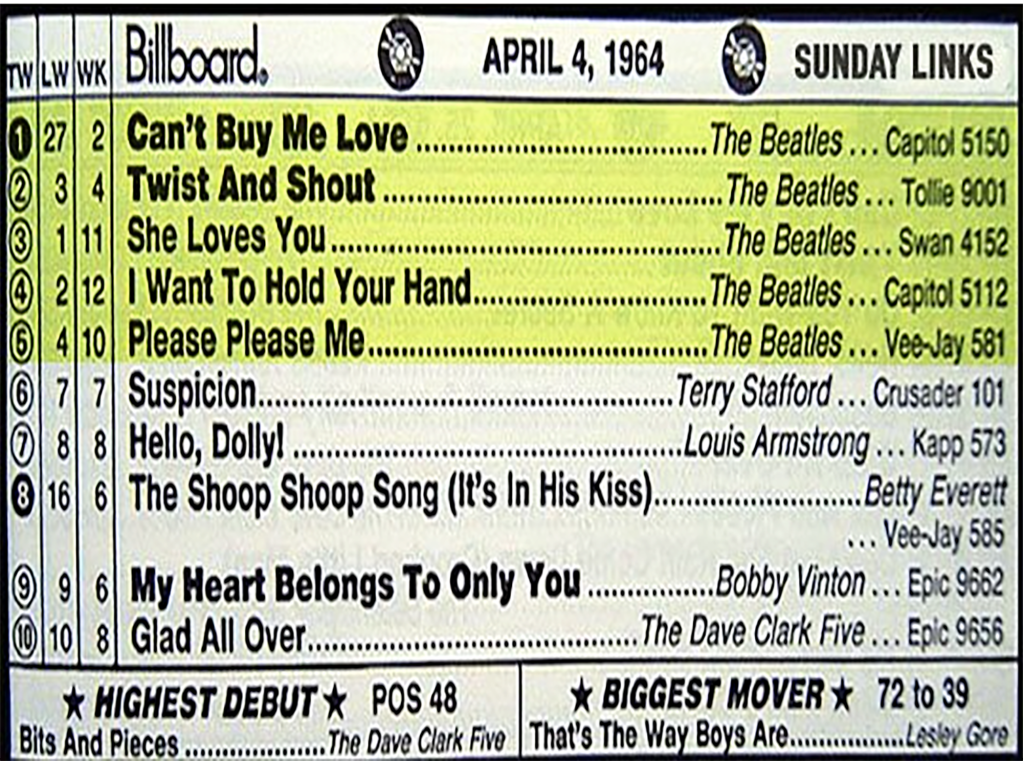
It was pretty mind-blowing when Billboard published their Hot 100 list of singles on April 4, 1964 and The Beatles held the top five positions with, respectively, “Can’t Buy Me Love,” “Twist and Shout,” “She Loves You,” “I Want to Hold Your Hand” and “Please Please Me.” 60 years of Beatlemania indeed!
8. Their First American Tour
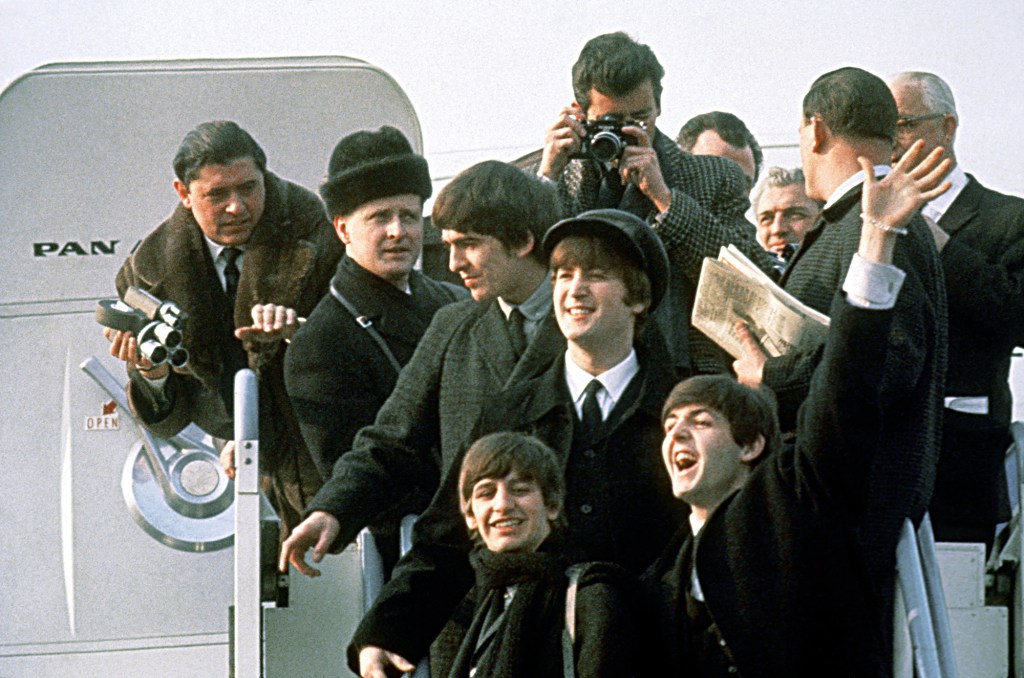
While The Beatles flew back to London on February 22, 1964, they returned on August 18 for what would be their first American tour. Said Paul prior to their flight, “If I said we were not excited about the trip, I would be lying. But I am wondering how we will feel when we get halfway through the tour. Sure, we enjoy tours, seeing new places, new people. But we soon get homesick, I am sure that, after a couple of weeks, we shall be counting the days to the end of the trip. This will be the longest period we have been away from Britain, almost five weeks. We know things are bound to be hectic.” Yeah, “hectic” is certainly one way to put it.
Things kicked off on August 19 at San Francisco’s Cow Palace, and would see the band performing in different cities (and Canada) until September 20. In between, they did two concerts at the Hollywood Bowl, which would be released as an album many years later. There was also an interesting insight provided into the group.
On September 7 they gave a press conference in which John and Paul served warning that if their upcoming concert in Jacksonville, Florida was segregated — and most were in that state at the time — they would refuse to perform, despite a payday of about $20,000.
MUST-READ: The 10 Most Revealing Beatles’ Songs, Reversed Ranked — Including Their Latest Track, ‘Now and Then’
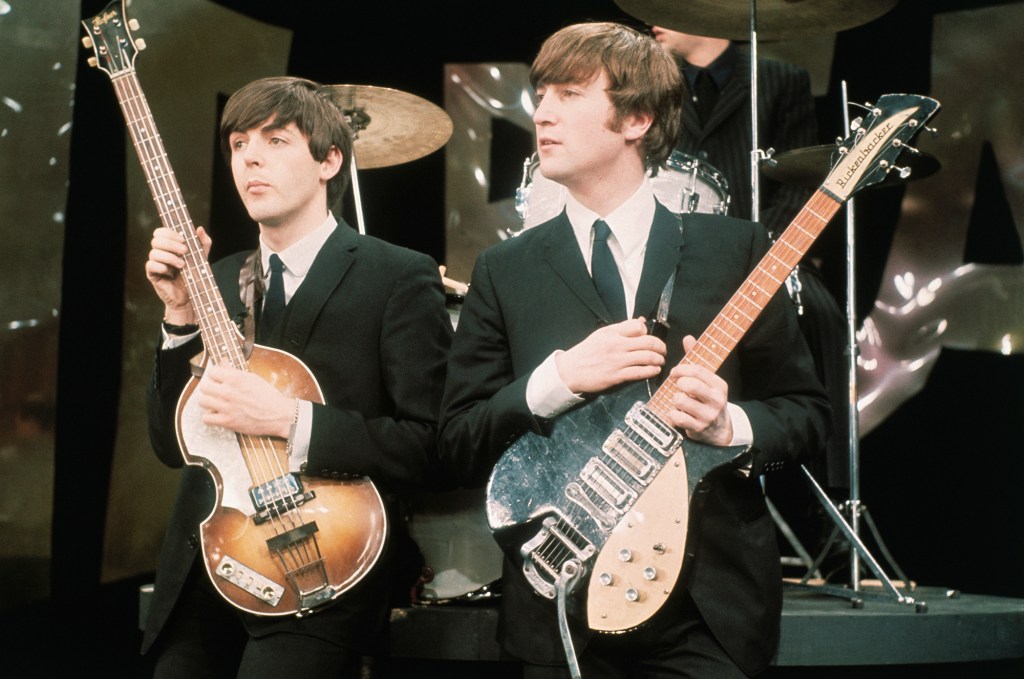
“We’ve all talked about this,” offered Paul, “and we all agree that we would refuse to play. We’re going to watch things closely. We know they sometimes try the trick of saying that the crowd isn’t segregated, but all they do is put a few [blacks] in one corner of the stadium. We all feel strongly about civil rights and the segregation issue.”
Added John, “We never play to segregated audiences and we’re not going to start now. I’d rather lose our appearance money. We understand that in Florida they only allow for [blacks] to sit in the balconies at performances, but we will not appear unless [blacks] are allowed to sit anywhere they like.”
Once they were back home in England, George commented, “I feel sure we won’t do another tour of the States for as long as five weeks again. It’s so exhausting and not really satisfying for us like that.” Turns out he was right: The 1965 North American tour would only last about two weeks, but things would be bigger than ever.
MUST-READ: The Beatles Cartoon: How the Fab Four Came to Saturday Mornings
9. John Lennon Became an Author
John Lennon was someone whose artistic bent went far beyond music, frequently drawing sketches, writing poems and short stories. When he shared some of them with a journalist named Michael Braun, the writer went to publisher Jonathan Cape and suggested a book collecting Lennon’s non-music work. They agreed, and the result was In His Own Write, published on March 23, 1964.
And as things turned out, the critics loved it. So did the fans: the book reportedly sold over 300,000 copies in Britain alone. Lennon would put together a second volume, A Spaniard in the Works, which was published in 1965. He never wrote a third, but this book stands as just another example of 60 years of Beatlemania.
10. A Hard Day’s Night
We can do all the talking about 60 years of Beatlemania that we want, but there is probably no better way of seeing it in action than The Beatles’ first movie, A Hard Day’s Night, which was released on August 11, 1964. It’s actually a fictionalized version of the group, but it really does give a taste of the insanity surrounding John, Paul, George and Ringo. The truth is, the film was made by United Artists so that they would have a soundtrack album to sell, and they weren’t too concerned with what the content was. However, as was their wont, The Beatles, along with director Richard Lester and writer Alan Owen, surprised everyone by creating a classic.
You can stream the film on Max
Bonus: I Wanna Hold Your Hand
If you’re a fan of The Beatles and the Back to the Future movies, you may want to check out 1978’s I Wanna Hold Your Hand, as it was made by the BTTF team of director Robert Zemeckis, writer Bob Gale and producer Steven Spielberg, and it’s about a group of high schoolers trying to score tickets for the Fab Four’s appearance on The Ed Sullivan Show. Definitely worth seeking out. It is available on Blu-ray and DVD at Amazon.
Continue to enjoy our Music coverage

